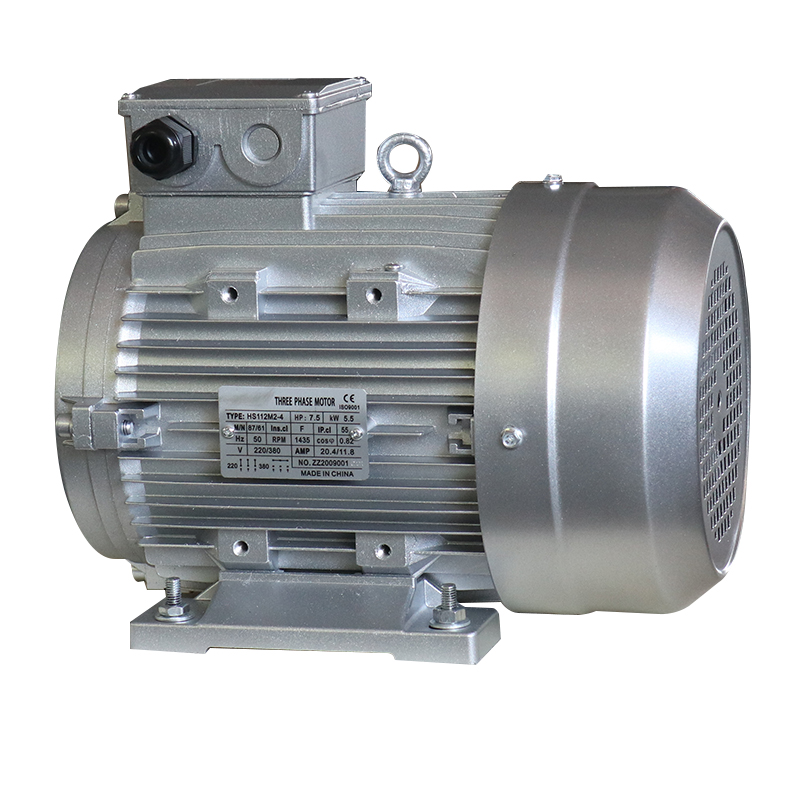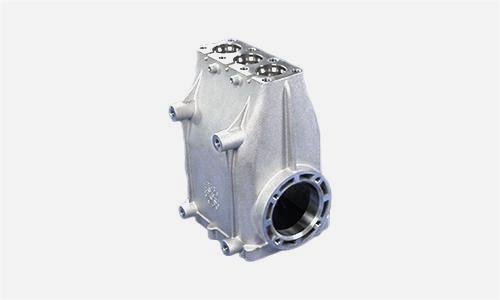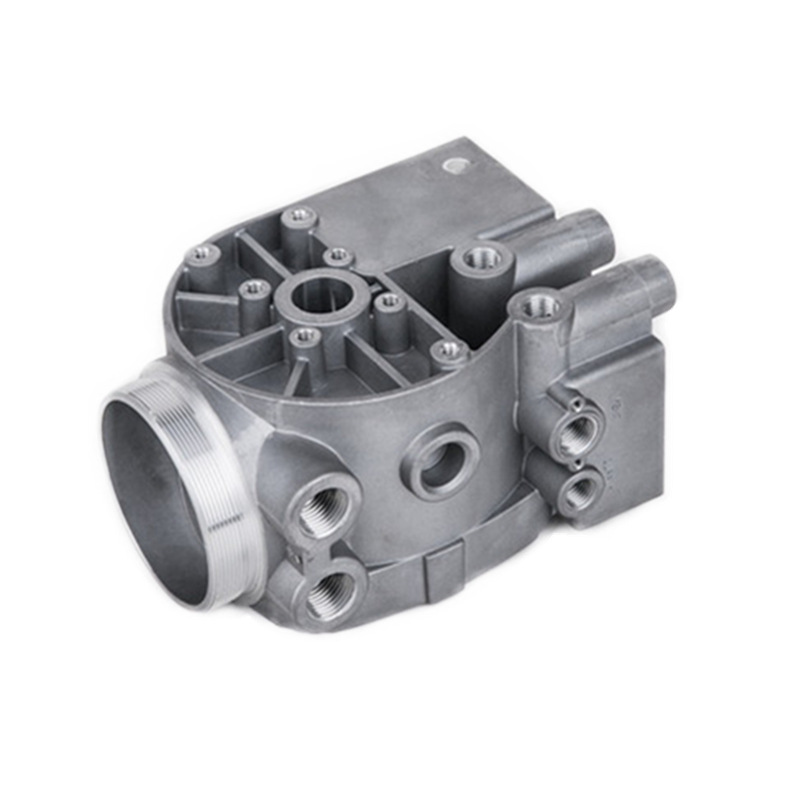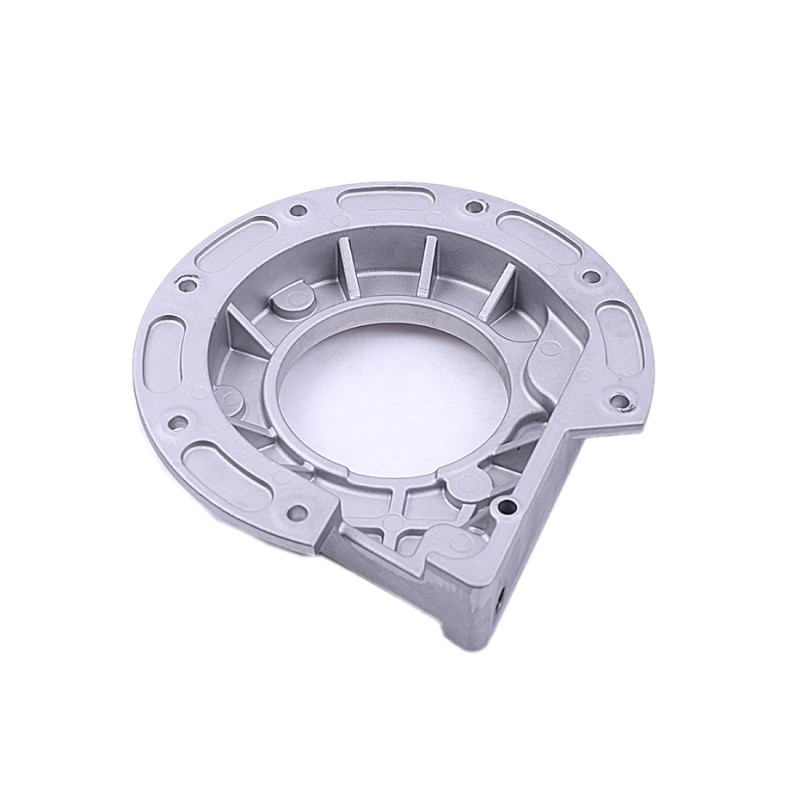Die Casting, Machining To Surface Treatments
1000+ Die Casting Parts Surface
Treatment Experience From 500+ Global Clients
We provide experienced engineering, technical management, and quality assurance teams ready to support the most challenging projects. After completing all aspects of die casting and machining, we provide support services for the perfect surface finish. We don’t leave your side until the job is done.
We provide technical as well as advisory support in choosing the right surface treatment, along with the right quality control protocols. From functional and protective grade to commercial and decorative coatings, you will be fully equipped to customize your project to perfection.
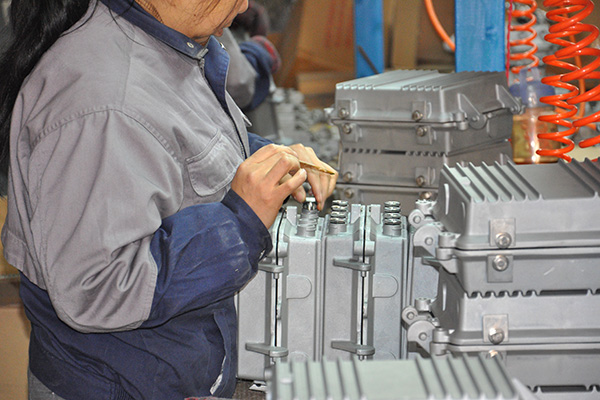
OUR SURFACE TREATMENTS SERVICES
There are many different methods of metal surface treatment. Metal surface treatment is a process where metal parts are prepared for painting. The preparation is commonly referred to as coatings pre-treatment. This usually involves creating a physical barrier that will protect metal against a corrosive environment.
The surface films used in chemical conversion coatings are formed by means of a non-electrolytic chemical reaction that occurs between the metal surface and solution. They are adherent, inorganic crystalline, or amorphous films. For the metal surface treatment to form a protective film, the base metal needs to be converted to one of the components that are less reactive to corrosion than the original metal surface.
Surface finishing is an important part of the manufacturing process. It involves removing or reshaping the material to achieve a specific surface roughness that ensures post-production performance and endurance. It is often the last step before a part is ready for visual and quality inspections.
- Surface Condition Assessment. Before any preparation can begin, it is important to assess the condition of the surface.
- Remove Old Coatings.
- Remove Oils, Chlorides, Acids, and Other Surface Contaminants.
- Remove Loose Parts of the Surface.
- Profile the Surface.
- Dry the Surfaces.
Surface finish plays a crucial role in engineering applications for several reasons:
-
Functionality: In many engineering applications, the surface finish directly affects how well a component or part performs its intended function. For example, in sealing applications, a smooth and flat surface finish is essential to ensure a tight seal and prevent leakage. In moving parts, such as bearings or sliding mechanisms, a polished and low-friction surface finish reduces friction and wear, leading to improved efficiency and longevity.
-
Friction and Wear: The surface finish influences the frictional behavior and wear characteristics of components. A smooth surface finish with controlled roughness reduces friction between mating surfaces, minimizing energy loss and heat generation. It also helps prevent excessive wear, extending the lifespan of the components and reducing maintenance requirements.
-
Corrosion Resistance: A proper surface finish can enhance the corrosion resistance of materials, especially metals. Applying coatings, such as electroplating or passivation, can provide a protective layer that prevents or slows down the degradation of the material due to exposure to moisture, chemicals, or environmental factors. Surface finishes like anodizing or powder coating also improve resistance to corrosion and weathering.
-
Aesthetics and Branding: Surface finish contributes to the visual appeal of a product, impacting its aesthetics and perceived quality. A smooth, flawless surface finish enhances the overall appearance, giving a professional and refined look. In consumer products or industries where branding is important, the surface finish can be used to incorporate logos, textures, or other visual elements that align with the brand identity.
-
Interchangeability and Fit: In engineering applications where components need to fit together precisely, surface finish is crucial for ensuring proper mating and assembly. Even small variations in surface roughness or irregularities can affect the fit and functionality of the parts. By maintaining consistent and controlled surface finishes, manufacturers can achieve the required tolerances and ensure interchangeability and compatibility between components.
-
Surface Integrity and Performance: Surface finish influences the mechanical properties and performance of materials. Irregularities, defects, or improper surface finishes can act as stress concentrators, reducing the structural integrity and strength of components. A controlled surface finish can optimize the distribution of stress and improve fatigue resistance, leading to better overall performance and reliability.
In summary, surface finish is important in engineering applications as it directly impacts functionality, friction and wear, corrosion resistance, aesthetics, fit, and overall performance of components and products. Proper surface finishes are critical for achieving desired functionality, longevity, and quality standards in various industries and applications.
Several factors can affect the surface finish of a component or part. These factors include:
-
Machining Process: The specific machining process used, such as milling, turning, grinding, or drilling, can significantly impact the surface finish. Each process has its own characteristics, including cutting forces, tool geometry, and material removal mechanisms, which influence the resulting surface texture.
-
Cutting Parameters: The selection of cutting parameters, such as cutting speed, feed rate, and depth of cut, can affect the surface finish. Higher cutting speeds and lighter feed rates generally result in a smoother surface finish, while deeper cuts may introduce more tool marks or surface irregularities.
-
Tool Geometry and Condition: The geometry and condition of the cutting tool have a direct impact on the surface finish. Tools with sharper edges and smoother surfaces tend to produce better finishes. Worn or damaged tools may lead to poor surface quality and increased tool marks.
-
Tool Material and Coatings: The choice of tool material and coatings can affect the surface finish. Different tool materials have varying wear resistance and cutting characteristics, which can influence the smoothness of the machined surface. Coatings, such as diamond-like carbon (DLC) or titanium nitride (TiN), can reduce friction and improve surface quality.
-
Workpiece Material: The material being machined plays a significant role in surface finish. Different materials have different machinability and respond differently to cutting forces and tool interactions. Harder materials may result in a rougher surface finish compared to softer materials.
-
Machine Rigidity and Stability: The rigidity and stability of the machining equipment impact the surface finish. Vibrations, deflections, or inadequate machine stiffness can introduce unwanted variations and imperfections on the machined surface.
-
Coolant or Lubrication: The use of coolants or lubricants during machining can affect surface finish. Proper coolant selection and application can help reduce friction, heat, and tool wear, leading to improved surface quality.
-
Feed Direction and Tool Path Strategy: The direction of the cutting tool's movement and the chosen tool path strategy can influence the surface finish. Different tool paths, such as climb milling or conventional milling, can result in varying surface textures and the presence of tool marks.
-
Post-Processing and Finishing Operations: Surface finish can also be influenced by post-processing operations such as deburring, polishing, or abrasive blasting. These additional steps can further refine the surface, remove tool marks, and improve overall smoothness.
It's important to consider these factors and optimize the machining parameters, tooling, and machine setup to achieve the desired surface finish for a specific application. Experimentation, testing, and adjusting the machining process variables can help achieve the desired surface quality.
There are several common surface finishing processes used to enhance the appearance, functionality, and quality of machined or manufactured parts. These processes include:
-
Deburring: Deburring is the process of removing sharp edges, burrs, or unwanted material from the surface of a part. It improves safety, aesthetics, and functionality by eliminating rough or sharp edges that could cause injury or interfere with assembly.
-
Polishing: Polishing involves the use of abrasives and polishing compounds to create a smooth and reflective surface finish. It enhances the appearance of the part, provides a high gloss, and improves corrosion resistance. Polishing is often used for decorative or high-end applications.
-
Grinding: Grinding is a machining process that uses abrasive wheels to remove material and achieve precise surface finishes. It is commonly used to achieve tight tolerances, improve flatness, and eliminate surface irregularities. Grinding can produce both smooth and textured finishes, depending on the grinding wheel used.
-
Sanding: Sanding is the process of using abrasive materials, such as sandpaper, to smooth or shape a surface. It is often employed to prepare surfaces for painting, coatings, or further finishing processes. Sanding can range from coarse grits for material removal to fine grits for achieving a smoother surface.
-
Lapping: Lapping is a precision finishing process that utilizes abrasive slurries and a tool called a lap to generate a highly accurate and flat surface. It is commonly used to achieve tight tolerances, surface flatness, and excellent parallelism. Lapping is often employed in the production of optical components, gauges, and other high-precision parts.
-
Honing: Honing is a finishing process that uses abrasive stones to create a precise and smooth surface texture. It is commonly used to improve the roundness, straightness, and surface finish of bores, such as those found in cylinders or hydraulic components. Honing can also improve lubrication retention and reduce friction.
-
Electroplating: Electroplating is a surface finishing process that involves depositing a thin layer of metal onto a part's surface using an electrochemical reaction. It provides improved corrosion resistance, wear resistance, and aesthetic appeal. Electroplating can be performed with various metals, such as chromium, nickel, or gold, to enhance the properties and appearance of the part.
-
Anodizing: Anodizing is an electrochemical process that forms a protective and decorative oxide layer on the surface of metals, typically aluminum. It enhances corrosion resistance, improves surface hardness, and allows for the application of colored or dyed coatings. Anodizing is commonly used in industries such as automotive, aerospace, and electronics.
-
Powder Coating: Powder coating involves applying a dry powder to the surface of a part, which is then heated to form a protective and durable coating. Powder coating provides excellent corrosion resistance, impact resistance, and a wide range of color options. It is commonly used in industries where a decorative and long-lasting finish is required.
These are just a few examples of common surface finishing processes. Each process offers unique benefits and is chosen based on the desired surface properties, functional requirements, and specific industry applications.
Is anodizing aluminum expensive?
Yes, anodizing is an expensive process. However, the cost to anodize aluminum parts depends on some factors such as coating thickness, anodizing types, extra services, and dimensions components of the aluminum materials. These factors were explained in the article.
Yes, you can anodize aluminum at home. So far, you have the necessary material such as tanks, chemicals, and stable electricity with high voltage. However, it is ideal to outsource services for the best in terms of quality and aesthetics.
